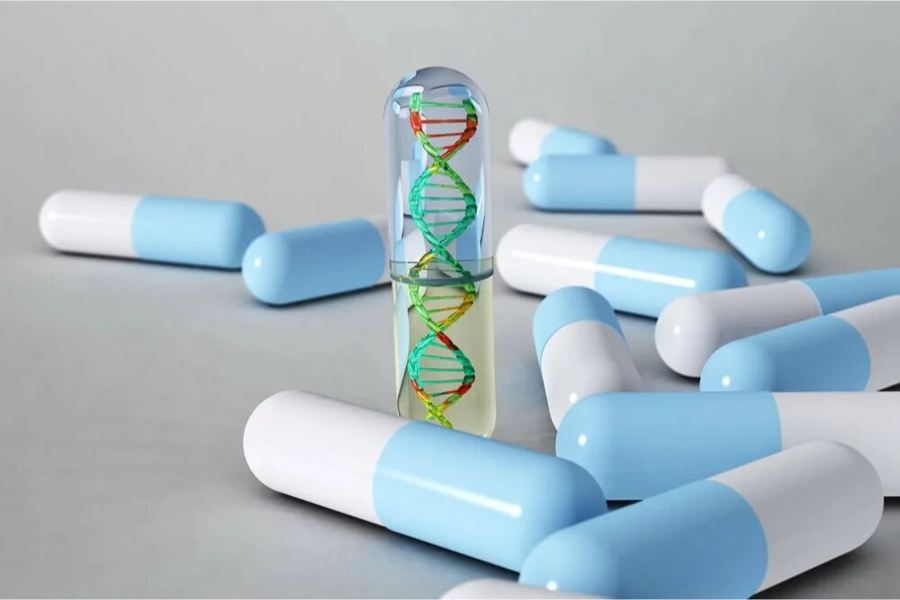Your cart is currently empty!
What are generics and biosimilars?
Often, doctors in clinical trials face the problem of patients’ distrust of drugs developed by analogy with original foreign drugs. However, it is worth remembering that domestic generics and biosimilars of imported drugs contain the same active ingredient and in their essence and mechanism of action do not differ from foreign medicines.
It takes an average of 10-15 years to develop an original drug. Further, the pharmaceutical company receives a patent for each new drug, which is valid for a certain amount of time. After the patent expires, any pharmaceutical company has the right to produce a copy of the original drug. These copies are called generics. Since the manufacturer no longer needs to invest in the development of the drug, generics are usually cheaper than the original. Of course, after the creation of a generic drug, its quality is tested in bioequivalence studies to confirm the identity of the original. After successful research, the generic drug enters the market and can be widely used. Thus, properly tested generics are safe, effective and not inferior to the original expensive drugs.
Biosimilars can also be produced after the expiration of the original patent. A biosimilar is the most accurate copy of a biological product. Since biologics themselves are much more complex in composition, production, and development than conventional synthetic drugs, it is impossible to make them generic, you can only produce the closest possible copy. Biological drugs are most often based on proteins that are derived from or created with the help of living cells. Therefore, the main difference between a biosimilar and a generic is in the development process. When creating a generic drug, the manufacturer is dealing with a known molecule, it is much easier to create a new identical one, there is no need to think through the production process. The development of a biosimilar is a more laborious process, the manufacturer has only information about the mechanism of action of the original and the target (the site to which the drug is directed). The technological process of creating a biosimilar takes longer, because the new drug must be effective and safe, just like the original. This is confirmed in preclinical studies, after successful completion of which the phases of clinical trials begin. And only if studies confirm the absence of clinically significant differences in qualitative characteristics, pharmacokinetic parameters, clinical efficacy and safety with the original, the drug is released to the market. In addition, even after the release of the drug into practice, monitoring of its safety continues, as for the original drugs.
Thus, biosimilars are not inferior in effectiveness to the originals, because in order to be tested on a large number of people and then enter the pharmaceutical market, they first pass all regulatory tests.
Bottom line: do not worry about prescribing a generic or biosimilar, these drugs have the same tolerance and efficacy parameters as the original ones.


Leave a Reply